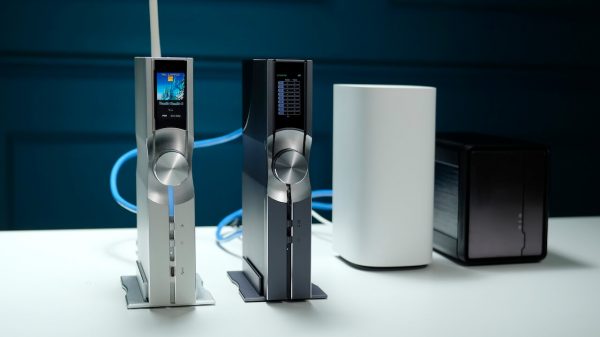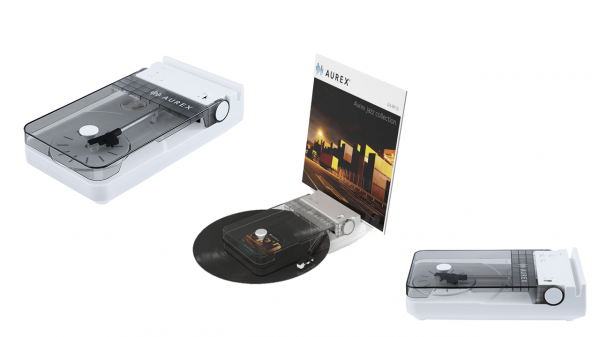Key Tests That Measure What Consumers Really See on TV Challenge Commonly Held Perceptions of Plasma, LCD and Microdisplay Rear Projection TV Technologies
Plasma television technology received high marks versus other popular flat-panel televisions in a series of tests designed to measure picture quality in a way that better represents what consumers really see when watching television, according to IDC, a leading provider of global IT research and advice. Pioneer Electronics (USA) Inc. commissioned the study, entitled Mythbusting ‘” Just the Facts on Plasma TV Performance (PDF) in conjunction with the launch of four new plasma televisions to help consumers make educated purchasing decisions in a highly cluttered and confusing television market.
IDC used a separate testing laboratory, Imaging Science Foundation, to conduct real-world tests of high-definition plasma, LCD, and microdisplay rear-projection TVs to measure their color uniformity, viewing angles, black levels, contrast ratios and image retention. The results of these tests challenge commonly held myths about perceived advantages and shortcomings of each of today’s three leading flat-panel television technologies, according to Bob O’Donnell, vice president, mobility and display technology for IDC.
“We set out to test long-held stereotypes of TV technologies by collecting real-world test data using methods that align with what people visually perceive when they watch movies and sports,” O’Donnell said. “What we found is that plasma provides viewers with an excellent high-definition viewing experience when it comes to color accuracy, consistency, sharpness, and image detail. Plasma performs particularly well in providing a consistent viewing experience across all viewing angles. This is important if a family or a group of friends is seated around a TV watching a movie or if during a sporting event the action moves across the screen.”
With respect to image retention, all three technology types were subjected to a ‘torture’ test in which a static video game image was retained on the TV screen for 48 hours, followed by a 24-hour loop of standard video content. While the plasma TV screen displayed signs of image retention (i.e., ghosting) after the 48-hour full screen test, the 24-hour video loop essentially ‘cleaned’ the screen leaving no perceptible trace of the original static image. On a scale of 1-5, with 1 being “Not Visible” and 5 being “Readily Visible and Clearly Defined,” all plasmas tested were rated as 1 or “Not Visible.”
“Plasma televisions have long been the subject of misinformation in key performance areas that in our estimation matter most to consumers. The reality is that while other technologies continue to progress in terms of picture quality, plasma continues to deliver a crisp, clear picture that in dark or light settings provides great richness of detail and color,” O’Donnell said. “The key for plasma manufacturers is to focus on educating both the consumer and the retail sales channel to know what to look for and value when shopping for flat-screen televisions and get beyond the myths that continue to be prevalent in the market today.”
IDC recently projected plasma technologies as continuing to dominate the 42-inch and greater flat-panel category in both price and sales volume (“Worldwide PDP TV 2005-2009 Forecast and 2004 Vendor Shares: Compressed Success” April 2005). Throughout the IDC forecast period, the number of plasma display panels shipped worldwide from 2005 through 2009 will increase by a factor of three, transforming an expected 4.7 million unit market this year to one that will sustain over 14 million displays at the end of the forecast period.
The flat-panel tests were funded by Pioneer Electronics (USA) Inc. and included only off-the-shelf televisions at manufacturer settings that were purchased independently by ISF at local retail electronics stores. All tests were conducted in Florida and California laboratories using identical video test instruments by technicians with more than 10 years experience. Details on test methodology, equipment used and television model numbers tested can be found in the detailed study, an IDC white paper, sponsored by Pioneer, entitled, Mythbusting ‘” Just the Facts on Plasma TV Performance (PDF) August 2005 at the Pioneer web site, www.pioneerelectronics.com.
Pioneer’s Home Entertainment Division is the leading manufacturer of plasma televisions and monitors, DVD players and DVD recorders, A/V receivers, CD players and CD recorders, speakers and other audio and video accessories. Its focus is on the development of new digital technologies including Digital Network Entertainment. The company markets its products under the Pioneer and Pioneer Elite brand names. When purchased from an authorized dealer, consumers receive a limited warranty for one year with Pioneer products and two years with Pioneer Elite products.
Pioneer Electronics’ headquarters is located in Long Beach, Calif., and its U.S. Web address is www.pioneerelectronics.com. Its parent company, Pioneer Corporation, is a leader in optical disc technology and a preeminent manufacturer of high-performance audio, video, computer equipment for the home, car and business markets. The company focuses on four core business domains including DVD, display technologies, Digital Network Entertainmenta¢ and components. Founded in 1938 in Tokyo, Pioneer Corporation (NYSE:PIO) employs more than 39,000 people worldwide. Its shares are traded on the New York Stock Exchange.























